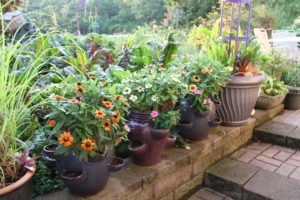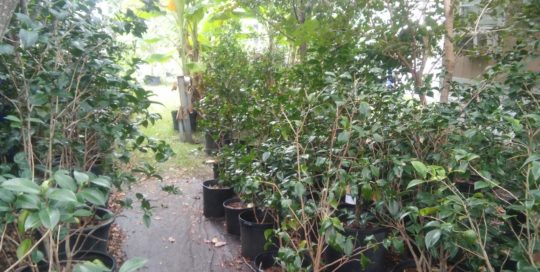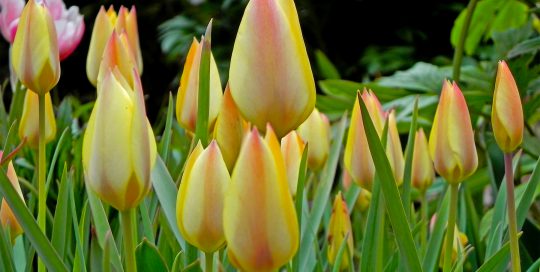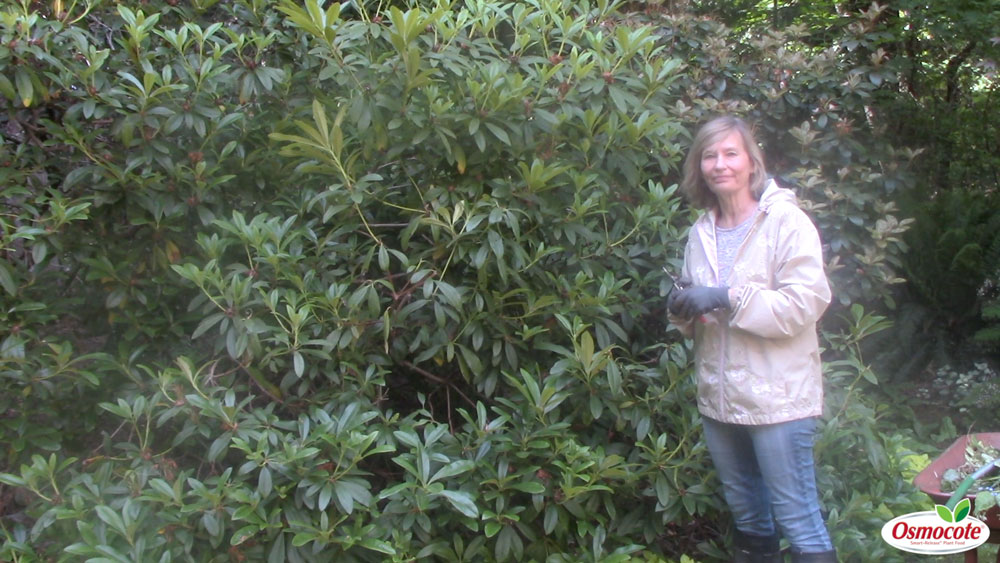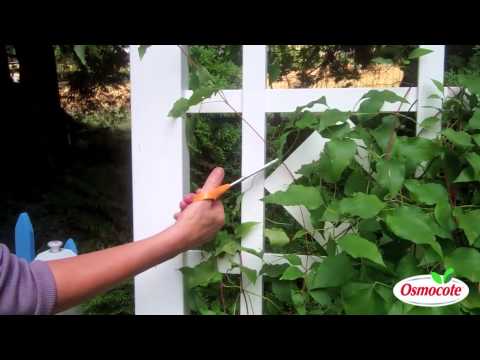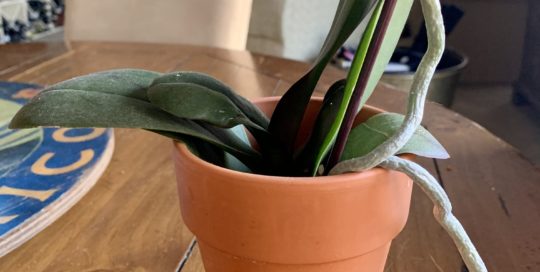Deadheading Flowers: How to get more blooms
By Nina Koziol
Annual & Perennial
Many of the annual salvias continue to bloom until frost. They are an important source of nectar for migrating hummingbirds and monarch butterflies that explore our garden in autumn. As soon as I see the blue flowers fading on Indigo Spires or Mystic Spires salvia, I cut the flowering stem down to the bottom or to a stem with a flower bud below.
Occasionally, the perennial tickseed (Coreopsis) and wild geranium (Geranium maculatum) will have a big flush of bloom in early summer and then go to seed. That’s when I use hedge clippers to cut the entire plant back by half its size. This encourages new foliage and sporadic rebloom.
Coneflowers (both Rudbeckia fulgida and Echinacea purpurea) also benefit from deadheading. But, I stop removing spent flowers in late August—I want the seed heads standing for winter interest and as a source of food for winter-visiting birds such as goldfinches and chickadees.
Tradescantia (spiderwort) is a favorite perennial in our moist shade garden. After the first big flush of flowers in May, deadheading helps encourage the plant to bloom sporadically the entire summer. Rather than remove each spent flower, I cut the entire plant down to about six inches, removing leaves and flower stems. And then I just sit back and wait. (Not really. Do any gardeners spend time relaxing in a chair just looking around? We should.)
Don’t Deadhead These Wonders
I don’t deadhead plants that I want to spread, such as our native woodland phlox (Phlox divaricata) and Shasta daisies, which are usually short-lived in our garden. I want them to go to seed and self-sow around the garden. If they show up where they’re not wanted, I simply move them to another location or pot them up for gardening friends.
Some perennials will simply not rebloom even if you remove the spent flowers. They are genetically predisposed to bloom just once. These one-time bloomers include astilbe (Astilbex arendsii), Siberian iris (Iris siberica), peonies, perennial poppies, gayfeather (Liatris) and bigleaf ligularia (Ligularia dentata). Add to that list bluestar (Amsonia), old-fashioned bleeding heart, Baptisia and Oriental poppies (Papaver). Enjoy them while they’re in bloom and surround them with other, longer-blooming perennials and annuals to create a season-long succession of color.
That urge to tidy up slows down in late August. I leave certain dried flower heads intact for fall and winter interest. There’s nothing that I enjoy more on a cold winter day than looking at the dark seed pods of baptisia, as well as the seed heads of liatris, astilbe, coneflowers, globe thistle, eryngium, butterfly bush and ornamental grasses, dusted with snow. It brings back pleasant summer memories.
